The new iPhone 13 duo is official, with a familiar design, but several important upgrades. The overall shape of the iPhone 13 and 13 mini hasn’t changed much - flat edges and rounder corners are married once more in an IP68-rated metal body. This time around, the distinctive notch has gotten smaller by 20%.

The diagonals of the Super Retina XDR panels remain unchanged - 5.4 inches for the iPhone 13 mini and 6.1 inches for the iPhone 13. The panels themselves are 28% brighter, reaching up to 800 nits of max outdoor brightness and a whopping 1200 nits of peak HDR brightness. Speaking of HDR, the new panels support Dolby Vision, HDR10 and HLG standards.
One thing you will be missing out on with the vanilla iPhone 13 and the mini is the 120Hz display refresh rate, as they are stuck as 60Hz just like every iPhone so far.
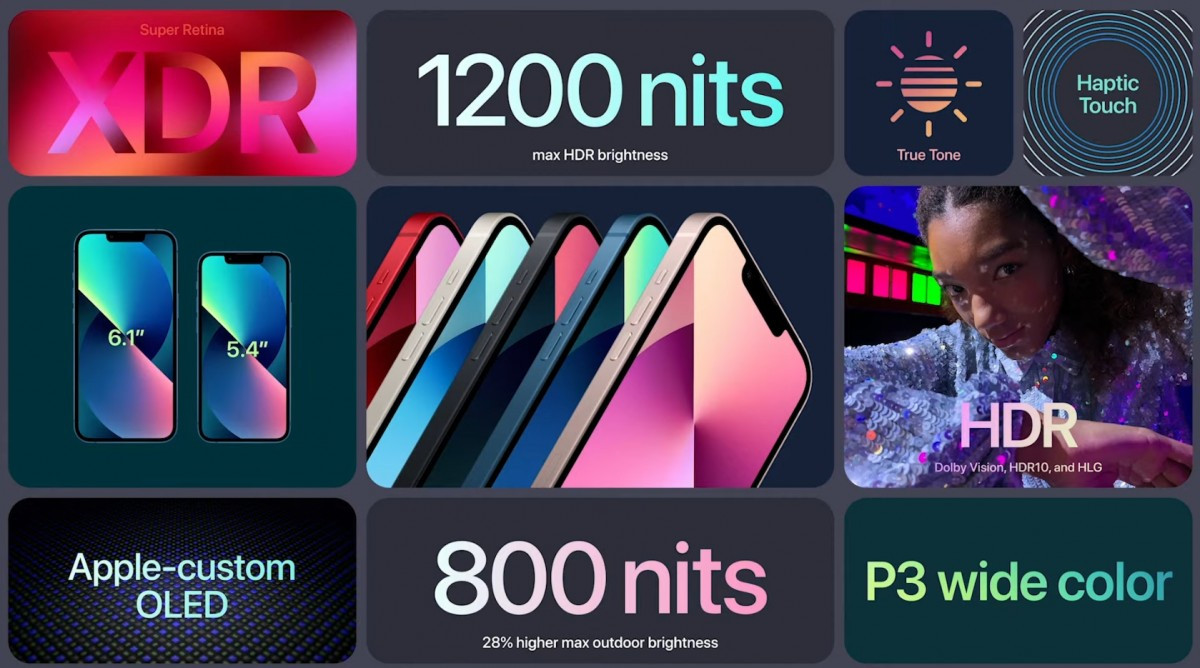
An all-new Apple A15 bionic sits at the heart of the new iPhone 13 and 13 mini. According to Apple, the A15 is the fastest chipset in any current smartphone. Quite a bold claim, but likely true given Apple’s track record.
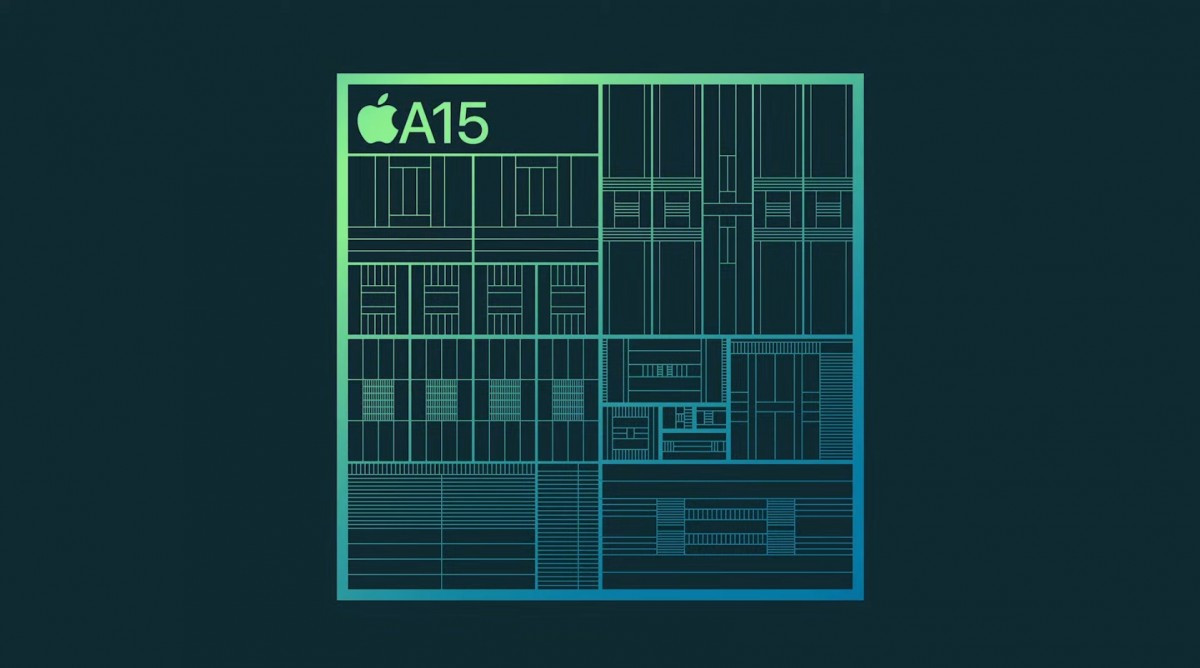
The A15 has two high-performance CPU cores and four additional high-efficiency ones and is built on an efficient 5nm manufacturing node. The GPU uses a custom design, as well and while that is shared between all iPhone 13 models, including the Pro ones, it is worth noting that the A15 inside the vanilla iPhone 13 and the 13 mini get four GPU cores, instead of the five in their more premium siblings
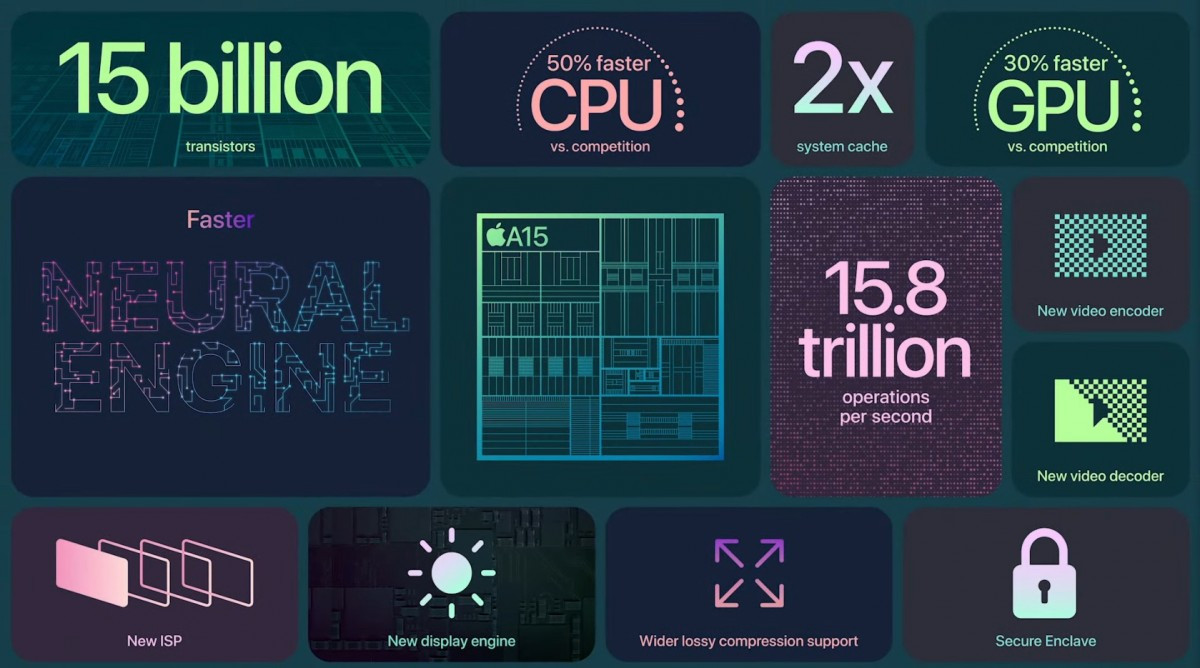
The new A15 has a new 16 core Neural Engine too, powering features such as on-device voice and image recognition and other advanced machine learning tasks. On to of that, there is a new ISP on board, twice the amount of cache, as well as a new display engine and new video encoders and decoders.
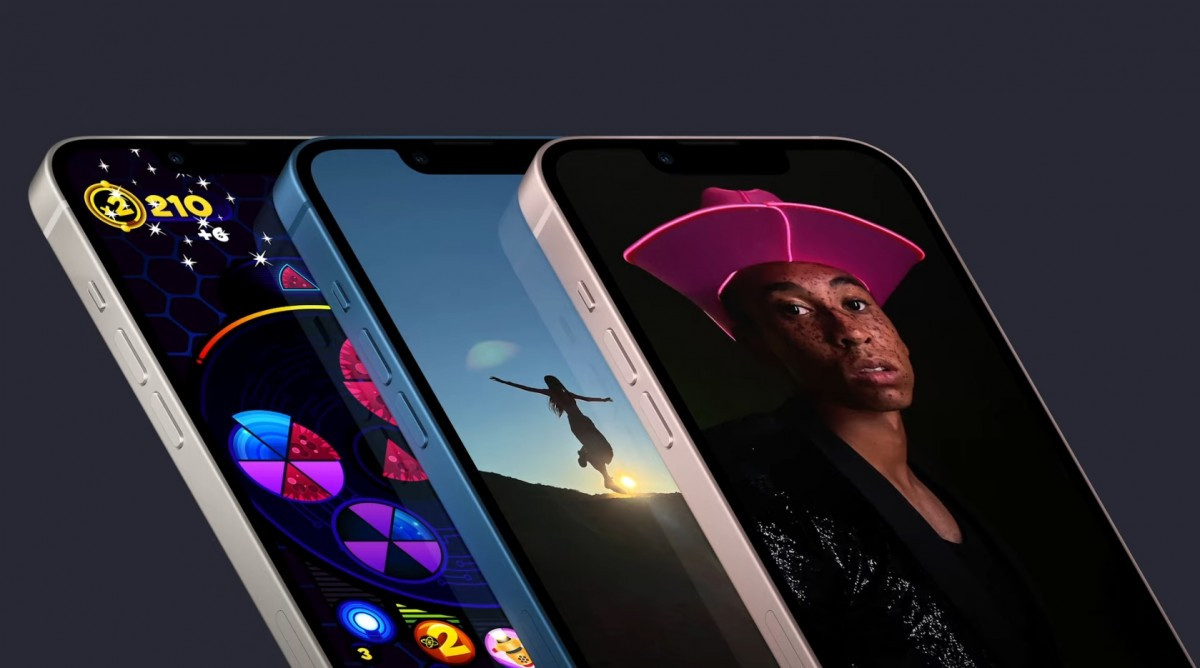
It almost feels like “new” has been grossly overused already, yet we haven’t even talked about the camera setup. The iPhone 13 and iPhone 13 mini have two cameras on the back with the main one having a 12MP sensor with 1.7µm pixels and 26mm f/1.6 lens. That’s seemingly the exact same imager found in the iPhone 12 Pro Max’s main camera, complete with the sensor-shift stabilization.
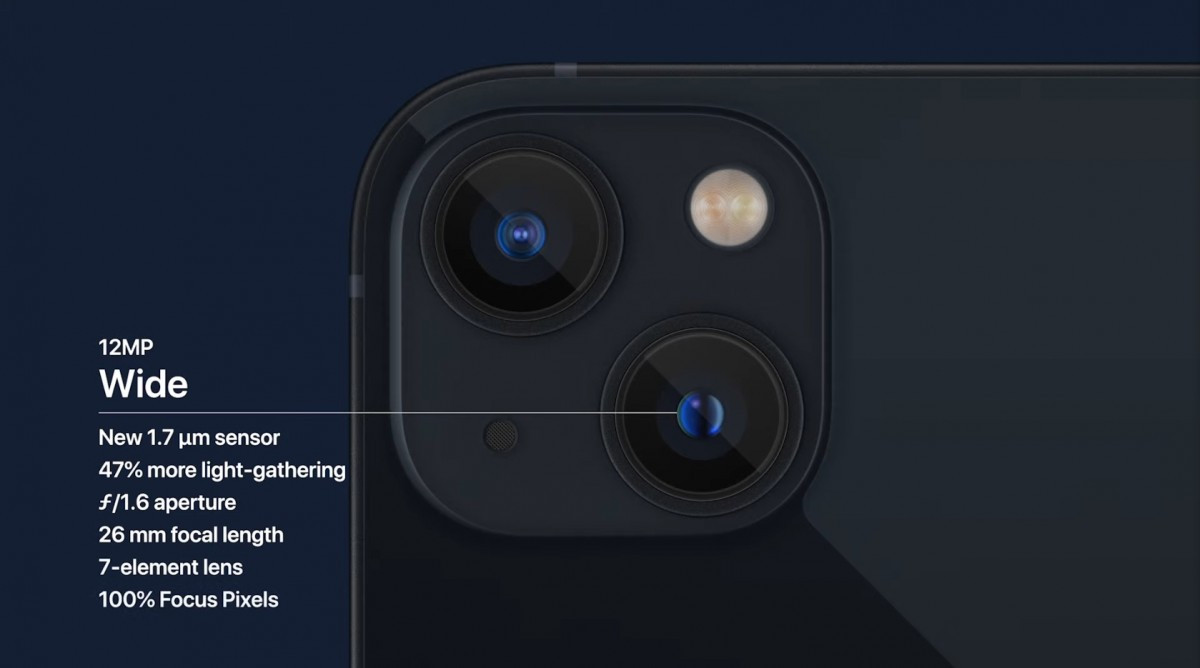
The 12MP ultrawide f/2.4 camera gets a new sensor as well, but it doesn’t get autofocus like on the iPhone 13 Pro models.
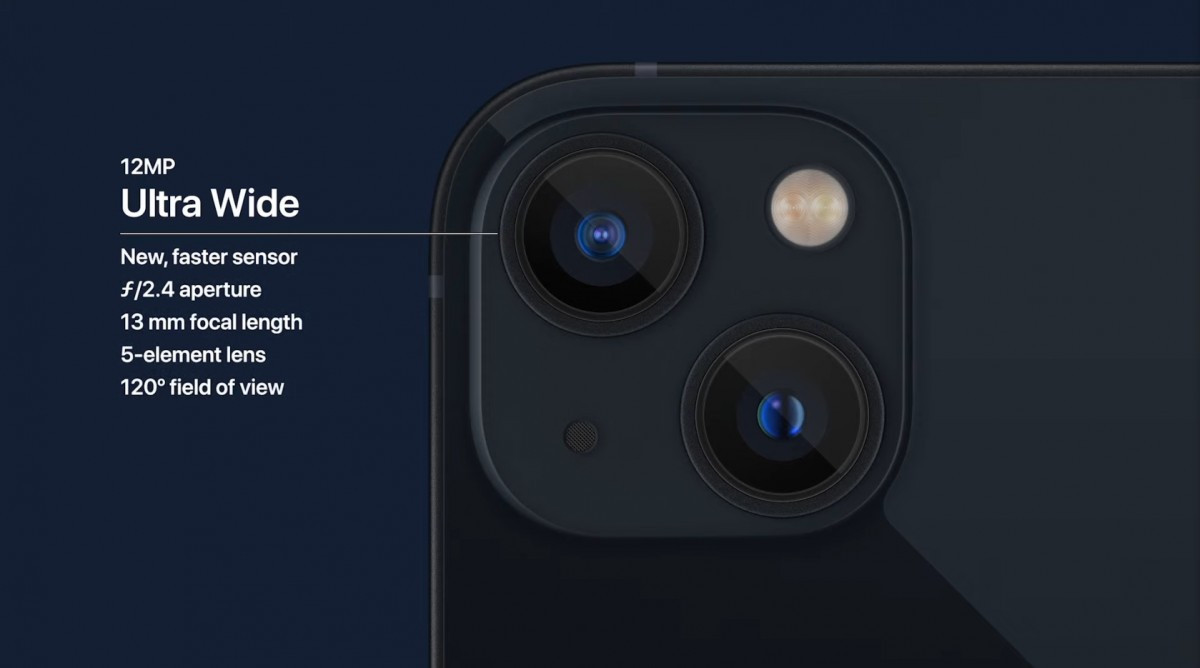
On the front, the 12MP TrueDepth selfie camera supports the increasingly-popular Centre Stage feature to follow you around in the frame automatically, as well as accommodate more people
Finally, both the regular iPhone 13 and the mini get bigger batteries than their predecessors. Apple didn’t share any particular figures, but promised up to 2.5 hours and 1.5 hours of extra time on a charge for the two models, respectively, compared to the iPhone 12 generation.
This has resulted in a weight increase though, with the iPhone 13 tipping the scale at 174 grams and the mini - 141 grams. The new models are also 0.25mm thicker than their predecessors, but their other dimensions remain unchanged.
Apple has also worked on power-efficiency with the iPhone 13 models switching from 5G to LTE, when the higher speeds are not needed. And speaking of 5G, the iPhone 13 supports more bands and carriers than their predecessors.
The iPhone 13 and 13 mini will be available for pre-order starting Friday, September 17, at 5 a.m. PDT in over 30 countries, including Australia, Canada, China, Germany, India, Japan, the UK and the US. They will start shipping on September 24.
Both the iPhone 13 and 13 mini now come with 128GB of base storage and can be had with 256GB and 512GB. Pricing starts from $799 and $699, respectively.
There are a total of five aluminum colors, including starlight, midnight, blue, pink and the (PRODUCT)RED edition.
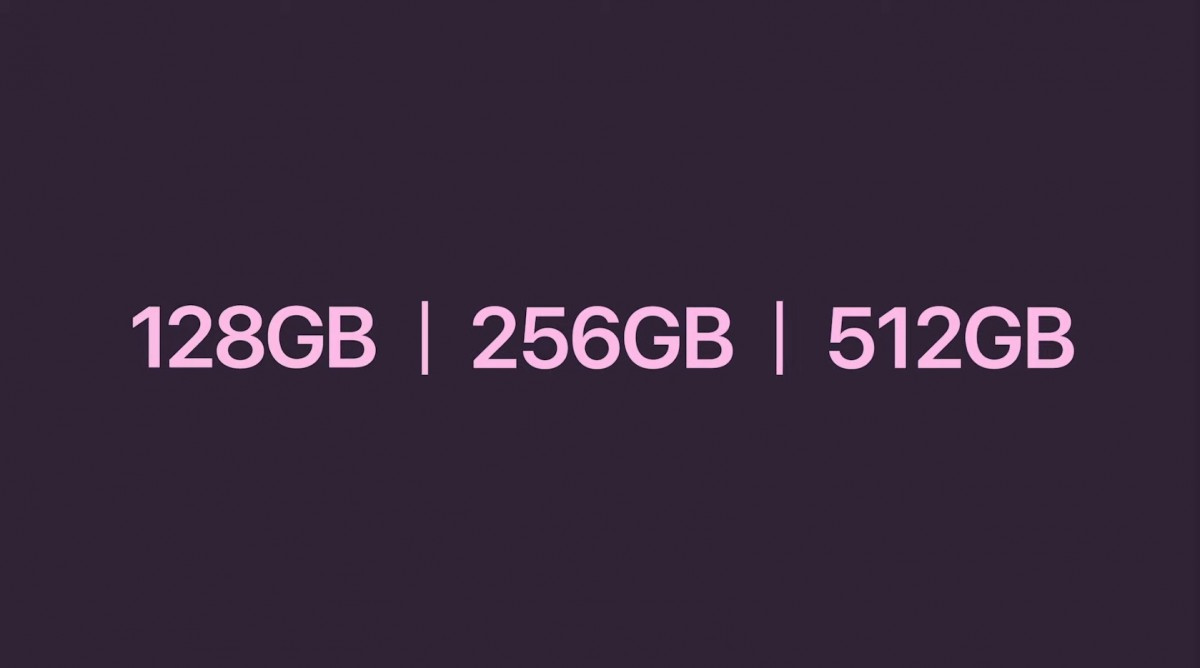
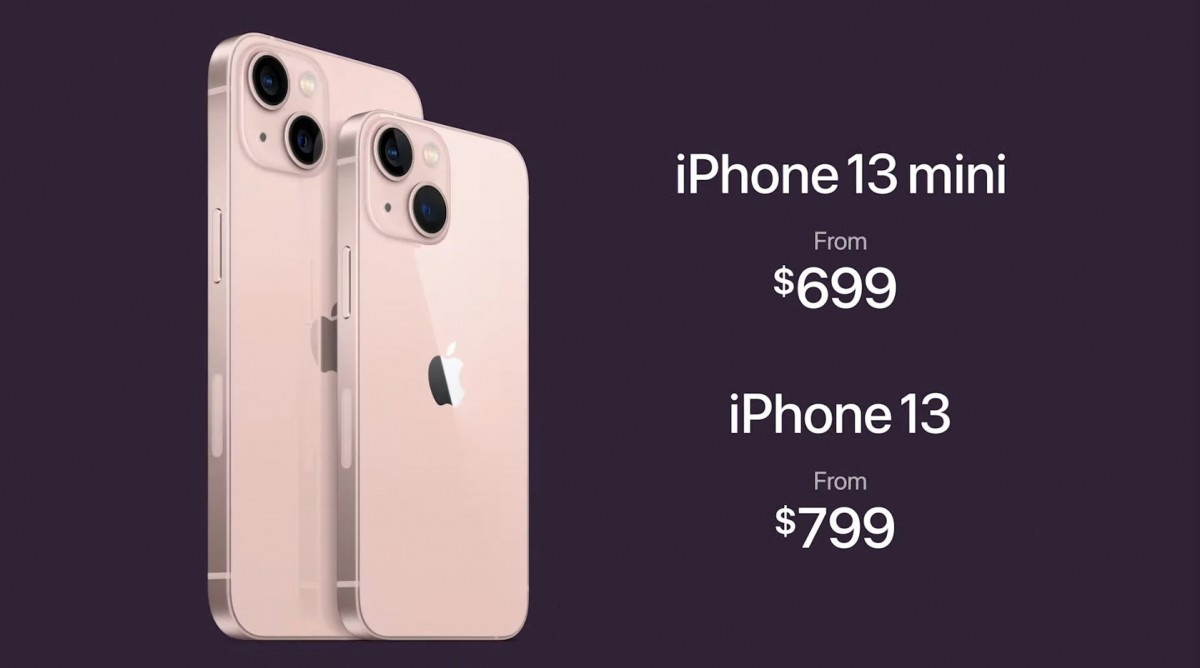
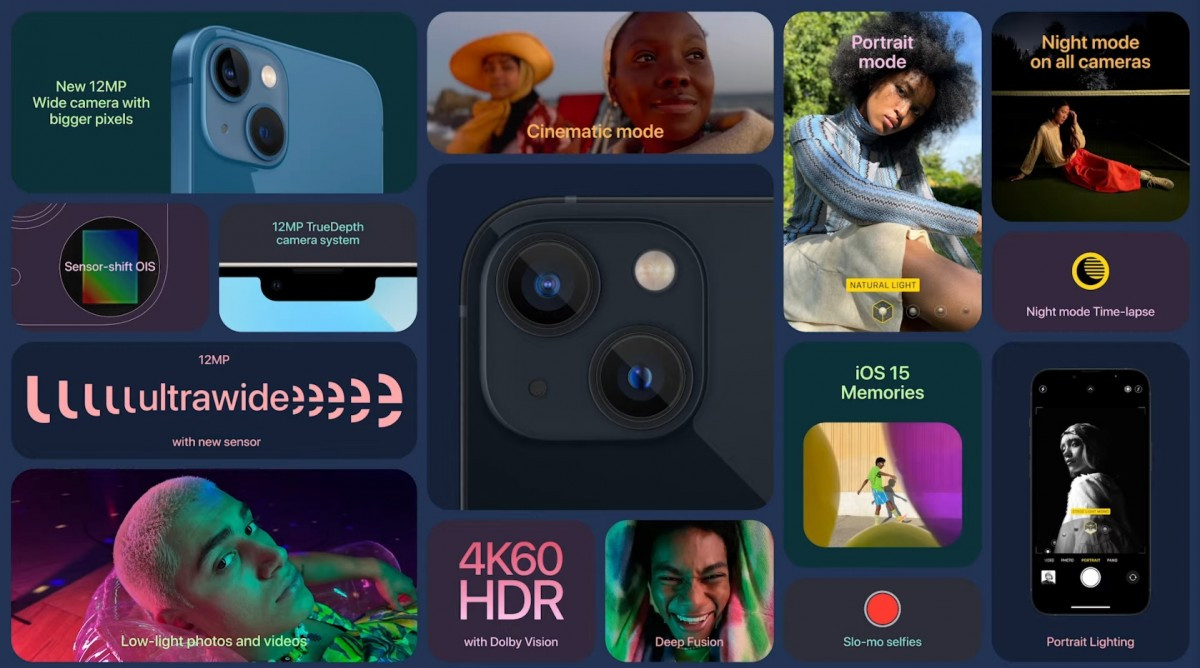
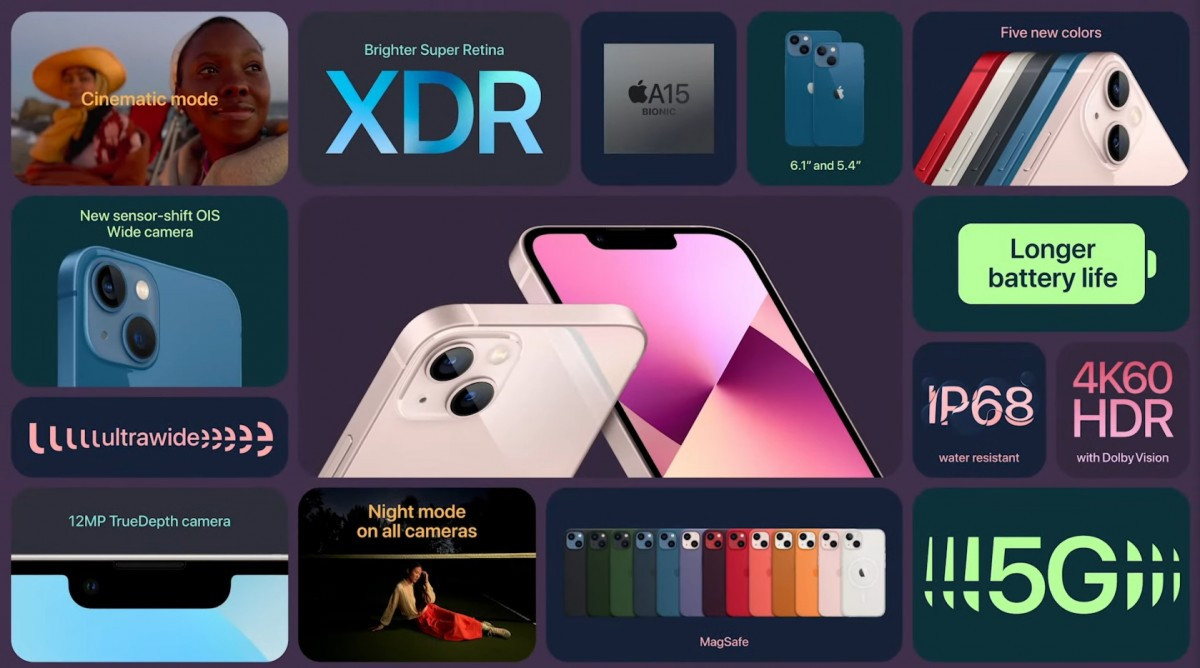
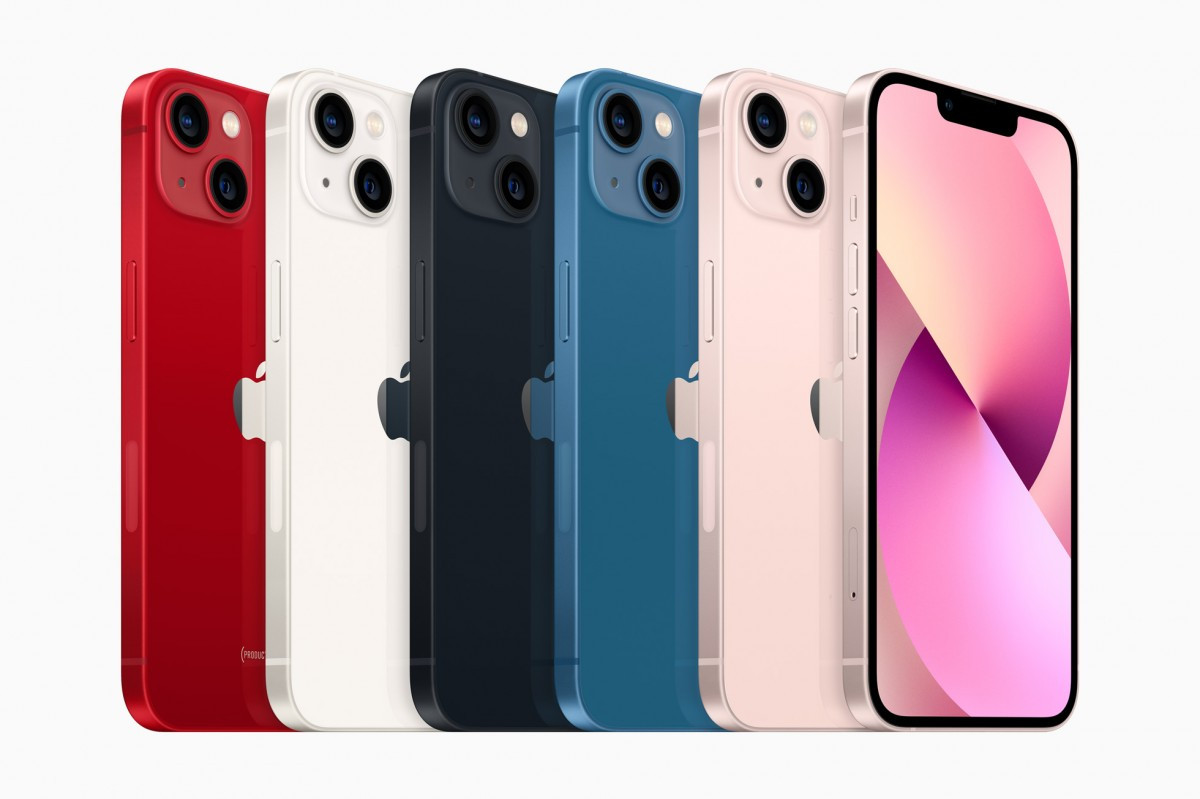
Credits-🍏